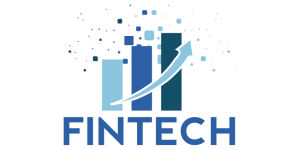We know that as we begin the new year, we are entering a “new normal” in which the past is no longer as trustworthy as it once was. Since the outbreak began in 2022, regular life has been restored, but from both a macroeconomic and microeconomic viewpoint, that life is not the same as it was before the outbreak.
Although well-established economic indicators point to a recession, some lending market behavioural data do not show recessionary consequences.
Consumer behaviour was forced to shift as a result of the epidemic, and many of those changes will not be restored. The payments industry is not exempt from the “new normal.”
We can’t predict the future as easily as we could before the outbreak, so we have to place some bets on the industry’s direction and be ready to respond to new changes.
In this new year, we are pushed to improve our systems and technology capabilities to meet the needs of this paradigm shift. Those in the industry who are burdened with technical debt as a result of obsolete technology will find it increasingly difficult to satisfy client expectations.
Modernization of infrastructure and technology is required to respond to market trends as quickly as possible. With a modernised IT stack in place, the business foundation can respond to market and consumer behaviour changes faster and expand more successfully.
For those in the payments sector who rely on decades-old legacy systems, mounting technical debt creates lengthy planning and development cycles, slowing the introduction of new goods and solutions. Legacy systems struggle to keep up with evolving industry requirements.
As a result, managing technical debt will be critical this year in order to remain competitive and develop future success as the market advances.











